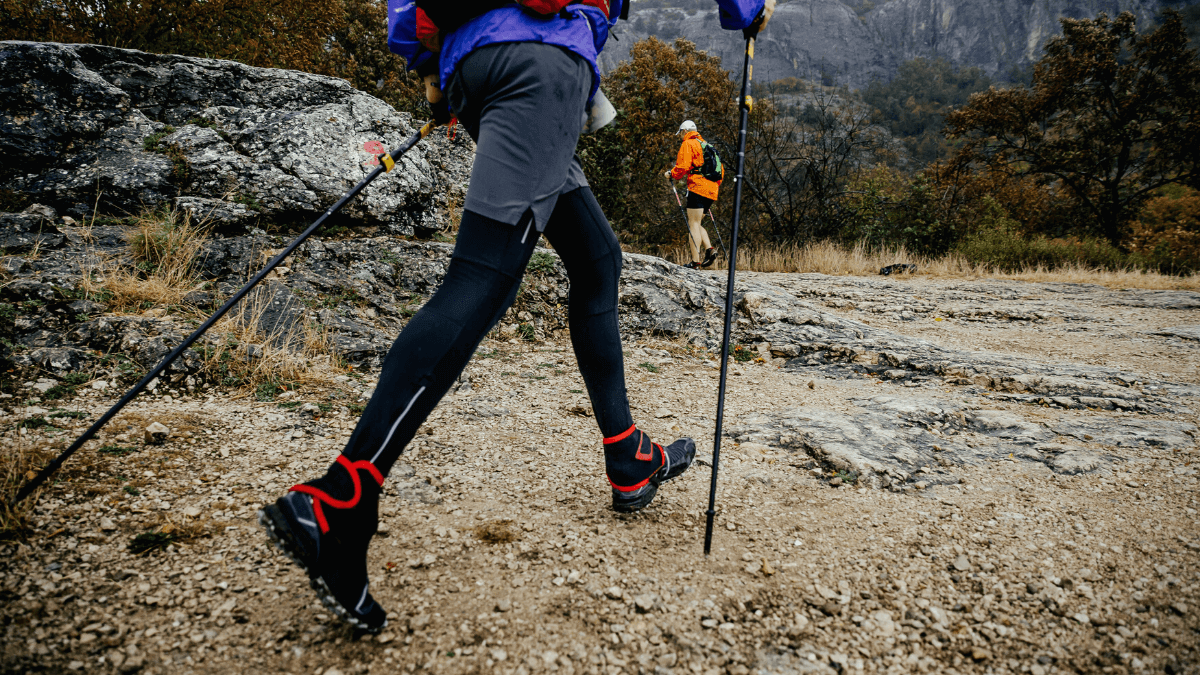Coyotes & Hiking in the Heat
Segment 2, May 27, 2023 Remember the spider lilies. Landsford Canal State Park is the place to see the bloom.[…]
Read moreHighlights of the Carolina Outdoors
The Outdoor Guys from Jesse Brown's


Segment 2, May 27, 2023 Remember the spider lilies. Landsford Canal State Park is the place to see the bloom.[…]
Read more